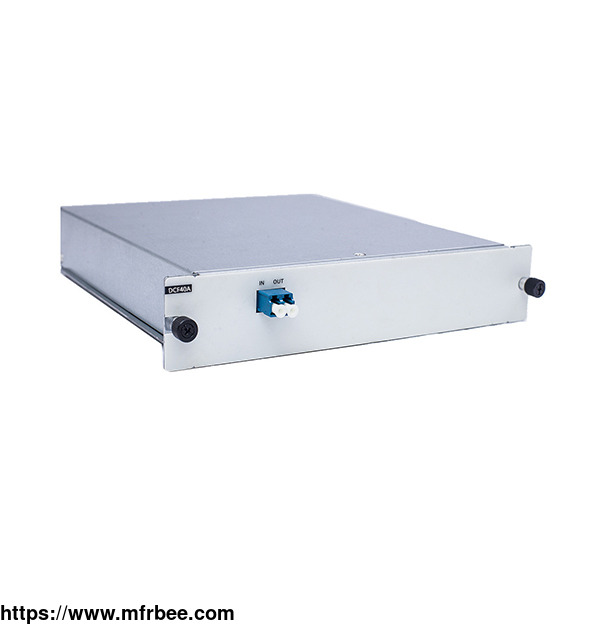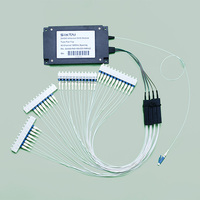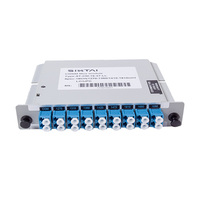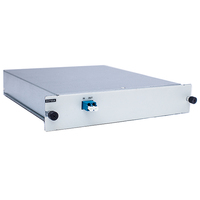40km Dispersion Compensation Fiber
Specifications
In optical fiber communications, dispersion compensation modules (DCM) (also called dispersion compensation units, DCU) can be used for compensating the chromatic dispersion of, e.g., a long span
of transmission fiber.
Typically, such a module provides a fixed amount of dispersion (e.g. normal dispersion in the 1.6-μm spectral region), although tunable dispersion modules are also available.
A module can easily be inserted into a fiber-optic link because it has fiber connectors for the input and output. The insertion losses may be compensated with a fiber amplifier, e.g. an
erbium-doped fiber amplifier in a 1.5-μm telecom system. A dispersion-compensating module is often placed between two fiber amplifiers.
40km Dispersion Compensation Fiber Dispersion Compensation Principle
Dispersion is one of the transmission properties of the optical fiber, and the optical pulse signal will be broadened in time after transmission in the optical fiber for a distance, which produces
inter-symbol interference, thus increasing the error rate and affecting the quality of communication.
The higher the data rate is, the more easily the inter-symbol interference will present.
The longer the transmission distance is, the more easily the inter-symbol interference will present.
40km Dispersion Compensation Fiber Feature
100% slope compensation of G.652 fiber in C-band ( Typical )
Low insertion loss
Low polarization mode dispersion
Wideband dispersion compensation
Compensation up to 40 km
Completely passive—no powering utilized
Telcordia GR-2854-CORE, ROHS compliant
As a professional wdm optical transceivers supplier, we provide china optical, dwdm transponder, edfa amplifier and etc. For more information about dispersion compensating fiber pdf and dispersion
compensation techniques, please feel free to contact us!
- Country: China (Mainland)
- Business Type: Manufacturer
- Founded Year: 2013
- Address: 3-4F, Office Building, No.2 Fangda Road (New Economic Industry Park), Yunpu Industrial Zone, Huangpu District, Guangzhou
- Contact: SINTAI com










